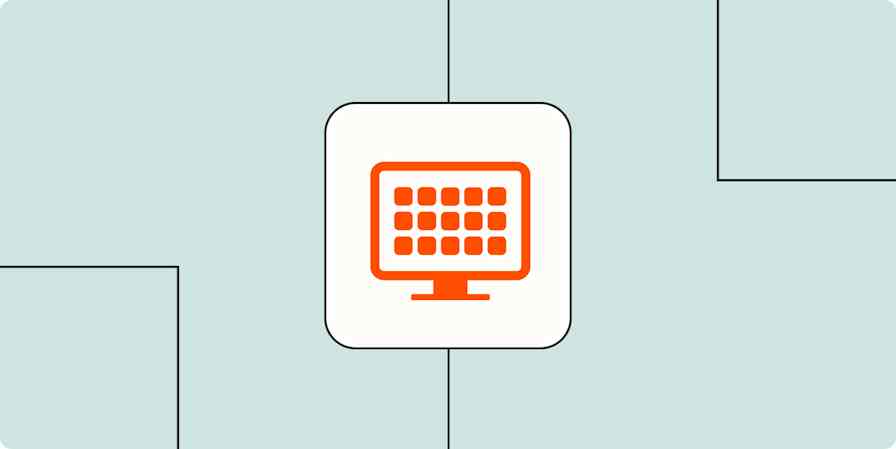I knew there were a lot of possible pitfalls to running my own business well before I walked off the last job where I wasn't my own boss.
I knew it because I'd seen it with my own eyes. As a roofer, I'd noticed the mistakes that almost every contractor I worked for made—and sometimes noticed the same mistakes over and over. I took notes, I tried to learn from it, and I used those lessons to gauge the risk before I started a contracting business of my own.
Then I went out and made mistakes anyway.
I'm happy to say that, after 30 years in this business, I've seen the mistakes and pitfalls that come with starting a business, and I've learned my lessons. I teach those lessons now, and I can tell you this: If you can learn from your mistakes the first time, kudos to you. If you can learn from my mistakes, even better.
Prepare for the shift from employee to owner
The first pitfall to avoid is choosing the wrong time to make the leap from employee to owner. In my case, I went from roofer to roofing contractor. I had spent time on literally hundreds of roofs in the blazing sun, watching as the contractor came around in his $80,000 truck, spent 15 minutes looking over the job site, then leave. It looked like a much better life than sweating with a hammer in my hand.
But just because you want to leave your day job doesn't mean it's time to do so. Remember, you're leaving one skill set behind to take on an entirely different one. Yes, your expertise will be critical as a manager and owner, but do you have the skills you'll need when you've made the shift? What do you know about forming a corporation? Interviewing, hiring, and firing? How well are you organized?
An important concept to consider now is that you are the business. As a contractor, my new license simply meant I had the legal authority to do contracting work in my state. The skills I had as a roofer didn't change, though I was now running a business. This is true for many entrepreneurs.
Remember, you don't necessarily have to start your business with a big office and a bunch of employees behind you. You can start with just you, and develop a more focused business that plays to your strengths.
With this approach, you can take the time to develop those other skills I mentioned that come in handy for expansion. You can learn how to set up a CRM and then use apps like Zapier to manage your leads and customers and create efficient workflows. You can hone your marketing skills. And all of this you do on your own time with a lot less risk. The more familiar you are with the process of starting and running a business, the more likely your chances of success.
One benefit to CRMs is that they help you integrate different tools you use. When you add automation to them—from within the app or with Zapier—you can boost your team's productivity.
When you're ready, here are ways I recommend to add automation to a CRM. You'll need a Zapier account to use these workflows—it's free to sign up.
Add new Facebook Lead Ads leads as leads in Salesforce
Create Salesforce leads with new Gravity Forms submissions
Add leads to Salesforce Essentials from new submissions in Gravity Forms
Know your market and your reach
Any ambitious person who starts a contracting company is going to have their eyes on the prize: success, money, prestige, and perhaps expansion. We all dream big. But if you want to avoid one of the most common pitfalls of opening your own business, then the key is to think local and act local.
The market you know most about is the market you're in right now. Think of the old phrase "go with what you know." Raleigh, North Carolina, is where I cut my teeth, and it's where I stayed once I received my contractor's license. Because I understood this market. I knew its people and their needs, and they knew me, too. With this local knowledge and experience, I was able to create a small, focused business. I then built off that success to expand into something bigger.
Setting up shop in a new city—even one that may have a need for your business—can be a mistake. You start at zero and have to work longer and harder just to understand the intricacies of the market. Instead, consider staying focused on the region where you have knowledge and relationships. Smaller is better when it pays the bills.
Right-sizing your new office
Opening an office is an important step when you're starting your new business, but it comes with a big risk: The temptation to spend too much too soon.
One of the biggest mistakes you can make when starting your company is to spend money on a big office space, a lot of administrative staff, and all the phones and computers and other overhead that these employees require.
I run a million-dollar roofing business with one administrative person, in an office that's less than 1,000 square feet. I do this by staying efficient and organized. I create Zaps within my workflow processes to reduce administrative costs. By using Zapier in conjunction with my project management platform, I maximize productivity and can bring on more jobs.
Don't go into your new contracting business with the "if you build it, they will come" mentality. You want to have more work coming in than you have staff to cover it, not vice-versa. Because that's a problem of success, which is the only kind of problem you want.
Customer service and follow-up
When you first start your new contracting business, the only way you'll be landing jobs is through previous business and their referrals. You can certainly start marketing your services through lead generation sources like Yelp and Angi, but those efforts take time and money. As a new business owner, you need to hit the ground running. Which means there's nothing more important than excellent customer service and follow-up.
One way I like to stay in touch with customers is to set up email automations through Zapier. These emails are automatically sent when the contact hits a certain threshold. For example, let's say you have a sales board in your CRM that has many contacts on it. Your CRM tracks how long those jobs have been in a particular status, such as "Contract Pending."
I've created a Zap that automatically sends a reminder email to the client (and my sales rep) if a contact has stayed in the "pending" stage for five days. This not only moves the process along, it shows the client you are engaged in the project.
You could create similar automated workflows for any status in your CRM, including sending reminders and notifications to customers or your employees. We have another Zap that sends a "Ready to Build" reminder email that goes out when a job is listed as "Scheduled." And one of our most important Zaps is the one that sends an email when a job is listed as Completed. This email thanks the client and asks for a review.
Send emails in Gmail when new deals are added to a stage on Pipedrive
Starting a business is rewarding—but do your research
Starting your own company can be the most rewarding experience of your life. Be sure to do your research and learn the pitfalls to avoid—or it could end up costing you. Before you start, ask yourself if you have the knowledge and experience to not only become your own boss, but also a manager of others. Educate yourself on the licensing and insurance requirements for business owners in your state and within your industry.
Most importantly, remember that efficiency and organization are key to keeping your overhead low and your profits high. Learn to use tools like Zapier to make your workflow processes run like clockwork—and to stay in touch with your all-important customers—and you will be set up for success.









